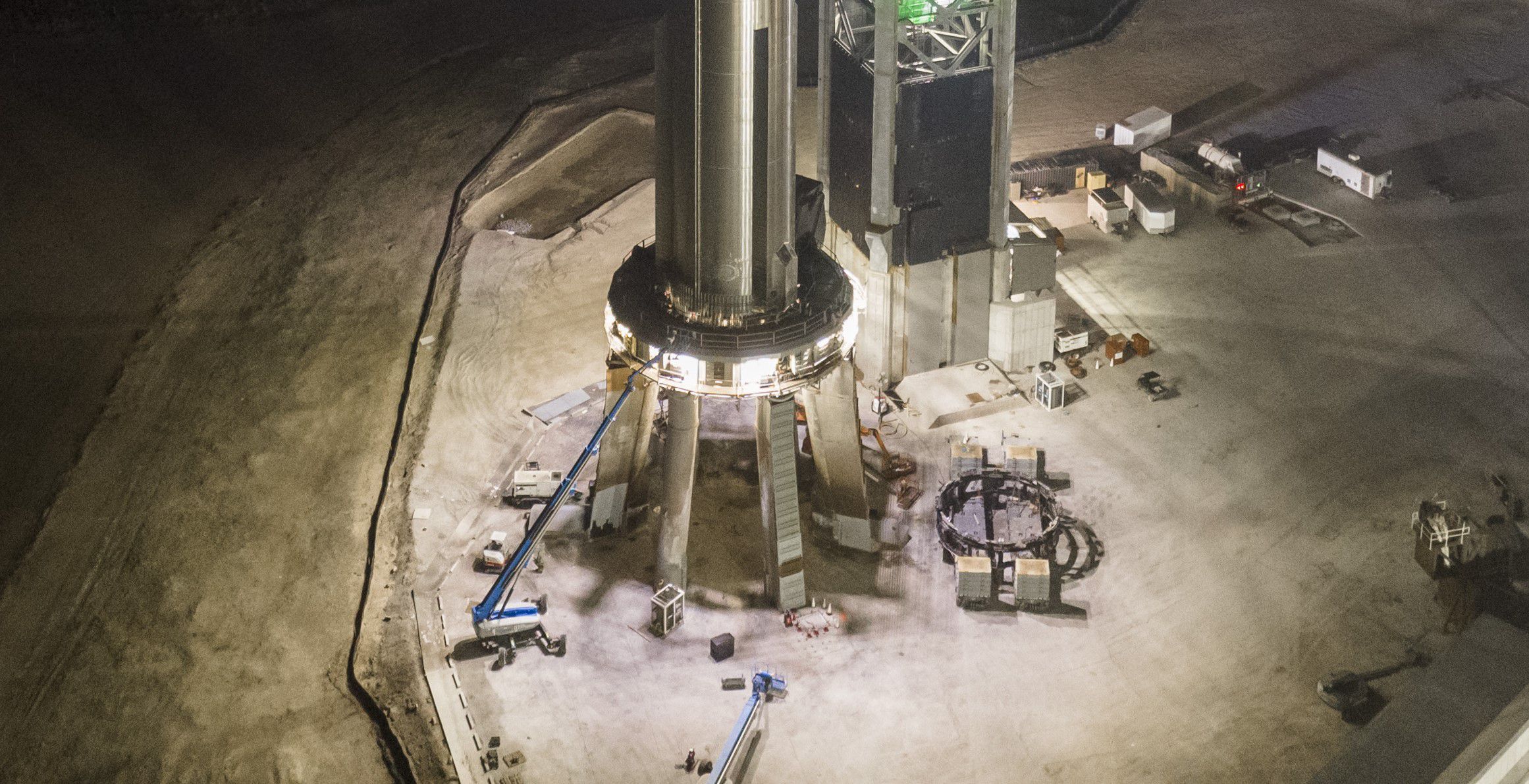
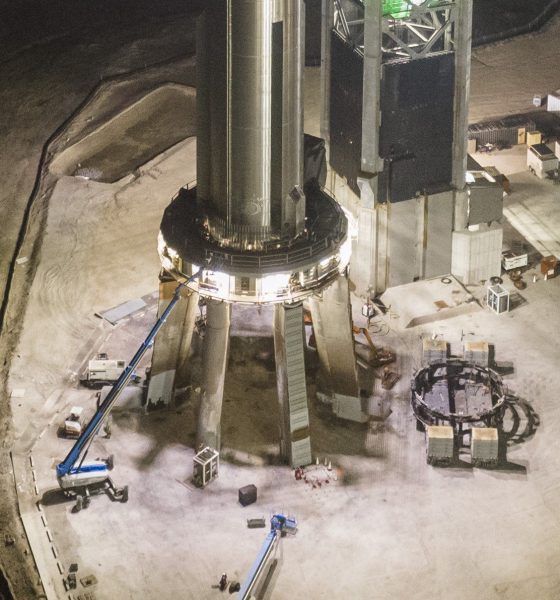
News
SpaceX to ship Starship ‘deluge’ hardware from Florida to Starbase
SpaceX appears to be preparing to ship a huge collection of hardware – including parts of a possible launch deluge system – from Florida to Texas.
Captured live by NASASpaceflight’s 24/7 Space Coast Live webcam, hardware began accumulating at NASA’s Kennedy Space Center (KSC) Turning Basin on January 12th. Within a few days, four midsize storage tanks, two or three large storage tanks, five high-pressure gas tanks, multiple sections of an apparent launch deluge system, and an unfinished Starship booster transport stand were all staged and ready for shipment. Save for implicit statements from reliable sources, there wasn’t an obvious guarantee that the hardware was all SpaceX’s or headed to the company’s Starbase, Texas factory and launch site.
But combined with the sheer volume of hardware and its privileged presence on NASA KSC property, the last part to arrive – the base of an unmistakable Starship (booster) transport stand – all but confirmed that the destination is Starbase. SpaceX has already shipped hardware from Florida to Starbase multiple times, including a trio of tanks sent in October 2022, which further increases the odds that everything visible is destined for Starbase.
The update that's rolling out to the fleet makes full use of the front and rear steering travel to minimize turning circle. In this case a reduction of 1.6 feet just over the air— Wes (@wmorrill3) April 16, 2024
It might also not be a coincidence that in its first attempt to build a Starship launch site at Kennedy Space Center, SpaceX installed four midsize tanks and plenty of high-pressure gas tanks at LC-39A. The resurgence of work on a totally different Starship pad design at 39A in late 2021 likely made that hardware redundant. It’s possible that the four smaller tanks set to be shipped to Starbase originated at 39A and are being moved in the hopes that they can be more useful elsewhere.
Additionally, satellite photos taken on January 3rd, 2023 and shared by Harry Stranger show a pair of larger tanks also sitting unused at Pad 39A. Ultimately, it’s almost certain that the delivery is SpaceX hardware bound for Starbase, Texas.
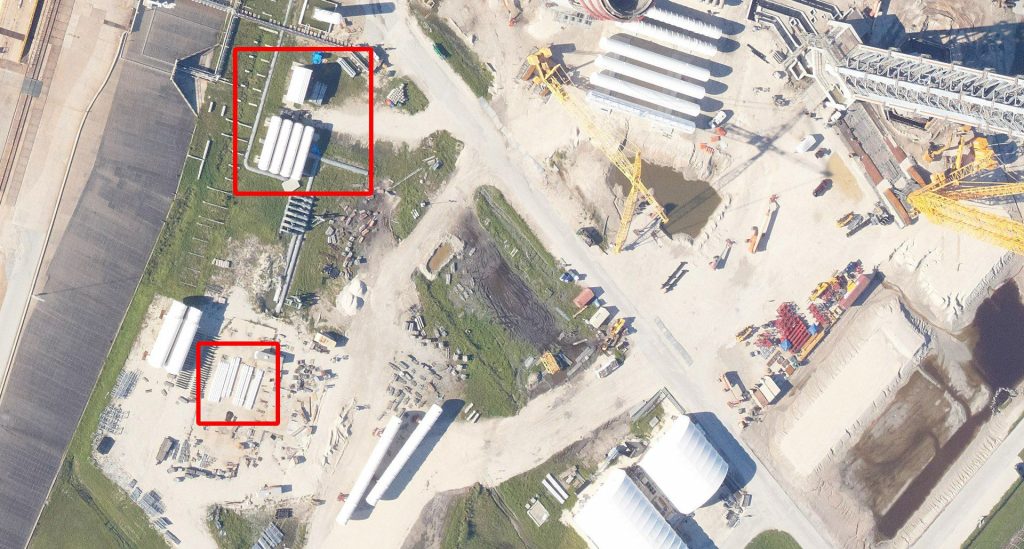
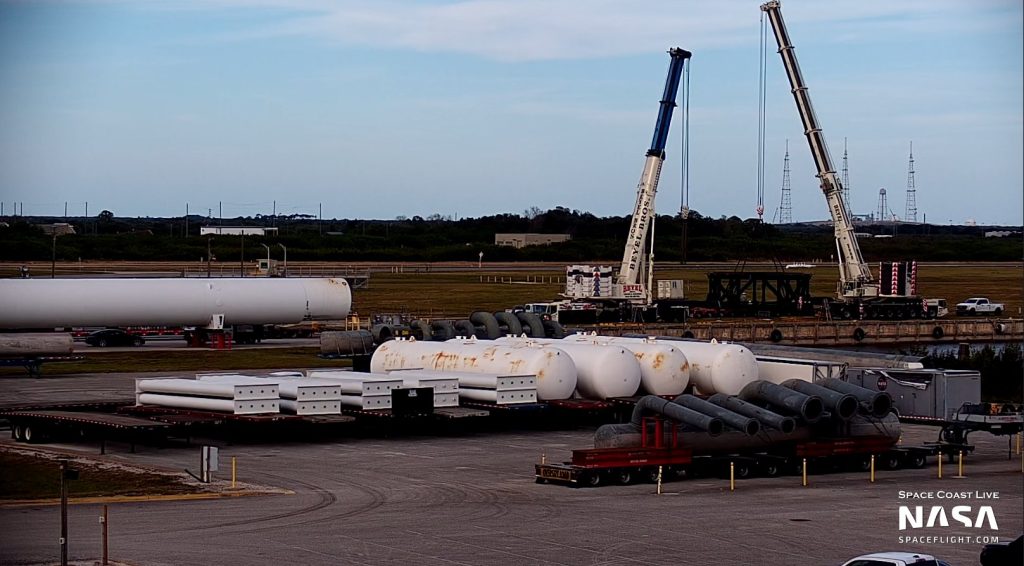
A deluge? Under my Starship?
The most interesting part of the shipment is arguably a group of giant metal tubes. Measuring several feet wide, dozens of feet long, and fitted with multiple outlets connected to the same giant pipe, the likeliest possible explanation is that the manifolds are part of a plan to upgrade SpaceX’s Texas Starship launch site with a deluge system.
Almost all rockets use some sort of deluge system to prevent their own exhaust from damaging or destroying themselves or their surroundings. A large volume of water sprayed into the space just below a rocket’s engines can prevent the immense acoustic energy (sound) they produce from wreaking havoc. A deluge also helps protect launch pad hardware by allowing some of the energy in the exhaust to boil and vaporize water instead of eating into concrete or steel. But CEO Elon Musk has infamously stated that SpaceX is intentionally attempting to build an orbital launch site that doesn’t need a flame diverter for Starship – the most powerful rocket in history.
That’s gone about as well as one might expect. Even Starship, which can produce about 18% as much thrust as Super Heavy, has repeatedly incinerated the concrete beneath its test stand, spreading molten debris for thousands of feet and starting major brush fires in a nature reserve. After every six-engine Starship static fire, SpaceX must painstakingly remove and replace all of the concrete beneath the test stand.
The problem is even more apparent at Starbase’s orbital launch mount, where SpaceX has begun to conduct Super Heavy booster static fire tests. Thus far, SpaceX has had to replace the concrete under the OLM after almost every Super Heavy static fire – a process that takes a week or two. The company recently replaced that concrete with a mix optimized to survive high temperatures, but it remains to be seen if that will survive a direct blow from the most powerful rocket in history.
For the time being, Starbase’s environmental permit only allows up to five orbital launches per year, making lengthy post-launch repairs mostly inconsequential. However, if SpaceX ever wants Starbase to rapidly launch multiple Starships back to back – essential for in-space refilling – or launch dozens of Starships per year, it’s become clear that a deluge system is likely essential.
Starship’s Florida deluge
Some part of SpaceX knows that. The design of Starship’s first Florida launch pad has already been upgraded to include a giant deluge ring embedded in the ground at the base of the mount. Unusual design aside, the structure is sized such that it’s almost certainly a high-flow deluge system capable of spraying thousands of gallons of water per second.
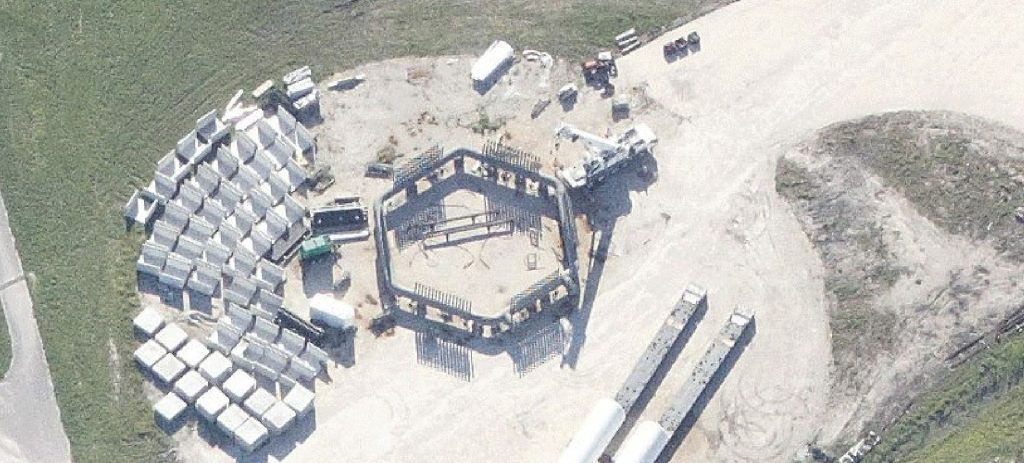
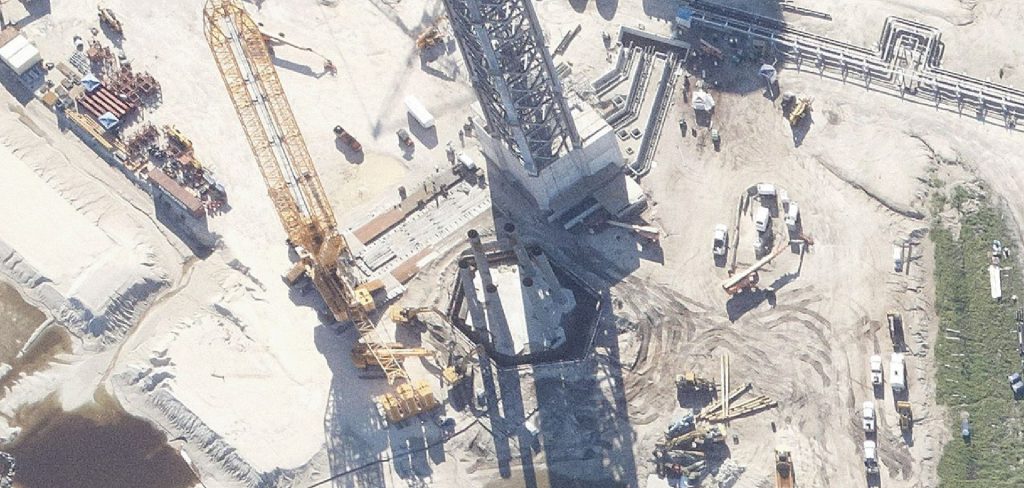
Three months later, SpaceX appears to be preparing to ship two giant deluge manifolds and some deluge plumbing from Florida to Starbase. If SpaceX intends to retrofit Starbase’s existing orbital launch site with a giant deluge system, the process would likely take months and render the pad more or less unusable from start to finish. Alternatively, Musk recently reported that SpaceX intends to build a “rocket test facility” at a separate property it purchased in South Texas. Located miles from the Starbase launch pad, the former gun range could potentially allow SpaceX to test Starships and Super Heavy boosters without disrupting orbital launch preparations and taking over Starbase’s only orbital launch mount.
Perhaps it’s not a coincidence that the same site – currently used for storage and limited Starship tank testing – already hosts some smaller parts of a potential Starbase deluge system. Regardless, it’s clear that significant changes are coming to Starbase and its associated facilities.

News
Tesla’s most affordable car is coming to the Netherlands
The trim is expected to launch at €36,990, making it the most affordable Model 3 the Dutch market has seen in years.
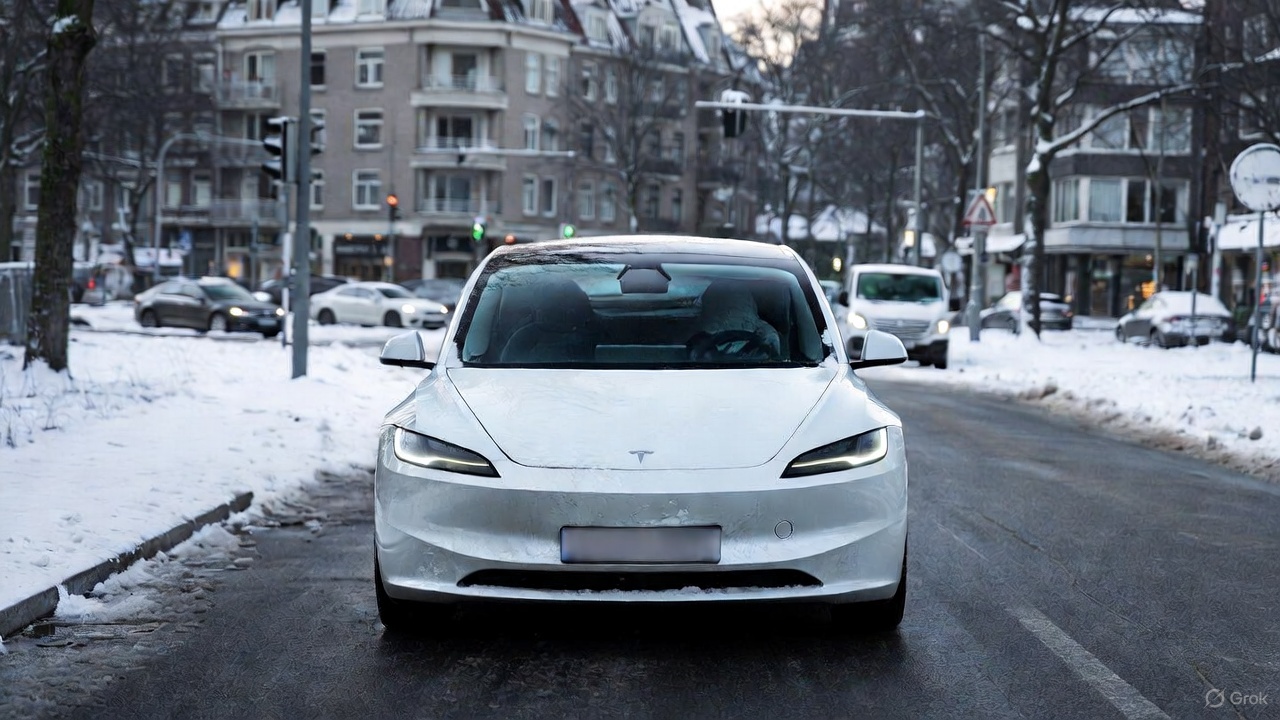
Tesla is preparing to introduce the Model 3 Standard to the Netherlands this December, as per information obtained by AutoWeek. The trim is expected to launch at €36,990, making it the most affordable Model 3 the Dutch market has seen in years.
While Tesla has not formally confirmed the vehicle’s arrival, pricing reportedly comes from a reliable source, the publication noted.
Model 3 Standard lands in NL
The U.S. version of the Model 3 Standard provides a clear preview of what Dutch buyers can expect, such as a no-frills configuration that maintains the recognizable Model 3 look without stripping the car down to a bare interior. The panoramic glass roof is still there, the exterior design is unchanged, and Tesla’s central touchscreen-driven cabin layout stays intact.
Cost reductions come from targeted equipment cuts. The American variant uses fewer speakers, lacks ventilated front seats and heated rear seats, and swaps premium materials for cloth and textile-heavy surfaces. Performance is modest compared with the Premium models, with a 0–100 km/h sprint of about six seconds and an estimated WLTP range near 550 kilometers.
Despite the smaller battery and simpler suspension, the Standard maintains the long-distance capability drivers have come to expect in a Tesla.
Pricing strategy aligns with Dutch EV demand and taxation shifts
At €36,990, the Model 3 Standard fits neatly into Tesla’s ongoing lineup reshuffle. The current Model 3 RWD has crept toward €42,000, creating space for a more competitive entry-level option, and positioning the new Model 3 Standard comfortably below the €39,990 Model Y Standard.
The timing aligns with rising Dutch demand for affordable EVs as subsidies like SEPP fade and tax advantages for electric cars continue to wind down, EVUpdate noted. Buyers seeking a no-frills EV with solid range are then likely to see the new trim as a compelling alternative.
With the U.S. variant long established and the Model Y Standard already available in the Netherlands, the appearance of an entry-level Model 3 in the Dutch configurator seems like a logical next step.
News
Tesla Model Y is still China’s best-selling premium EV through October
The premium-priced SUV outpaced rivals despite a competitive field, while the Model 3 also secured an impressive position.

The Tesla Model Y led China’s top-selling pure electric vehicles in the 200,000–300,000 RMB segment through October 2025, as per Yiche data compiled from China Passenger Car Association (CPCA) figures.
The premium-priced SUV outpaced rivals despite a competitive field, while the Model 3 also secured an impressive position.
The Model Y is still unrivaled
The Model Y’s dominance shines in Yiche’s October report, topping the chart for vehicles priced between 200,000 and 300,000 RMB. With 312,331 units retailed from January through October, the all-electric crossover was China’s best-selling EV in the 200,000–300,000 RMB segment.
The Xiaomi SU7 is a strong challenger at No. 2 with 234,521 units, followed by the Tesla Model 3, which achieved 146,379 retail sales through October. The Model Y’s potentially biggest rival, the Xiaomi YU7, is currently at No. 4 with 80,855 retail units sold.
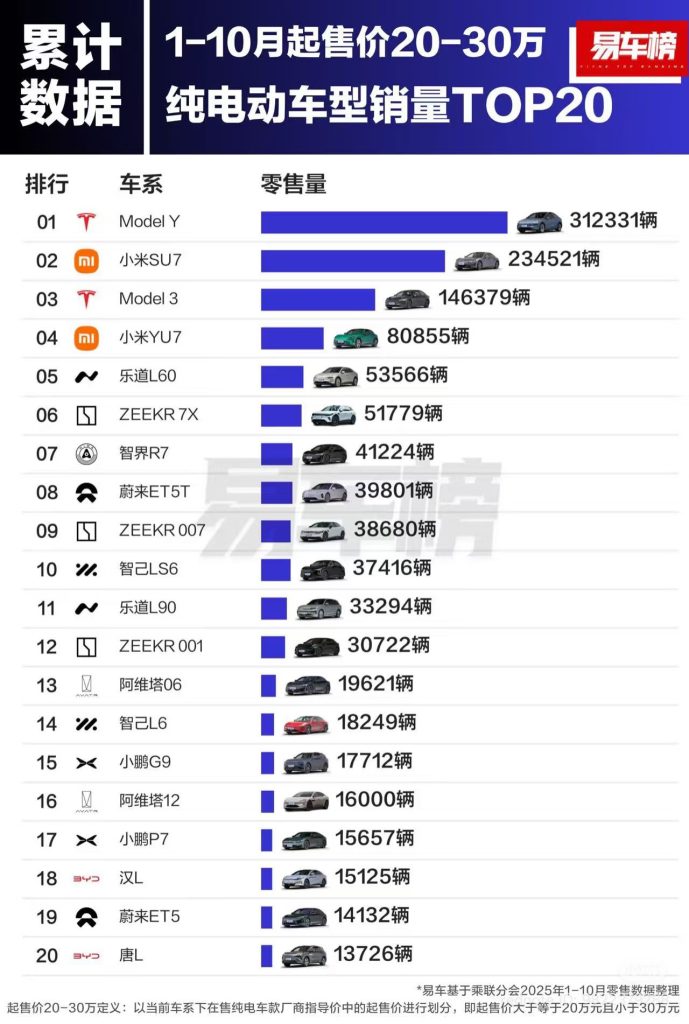
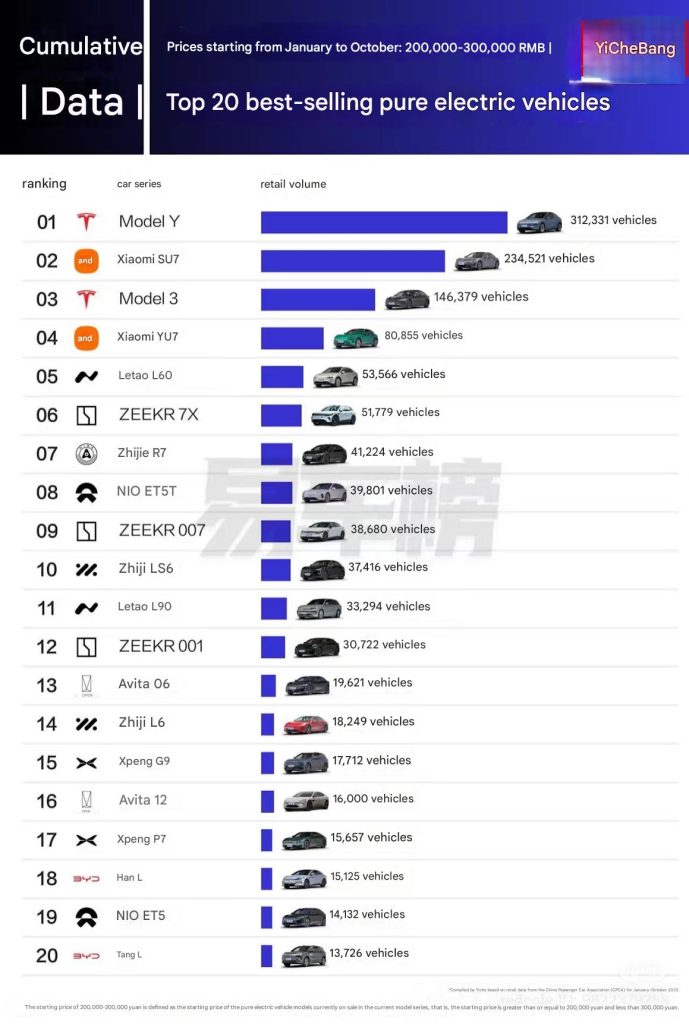
Efficiency kings
The Model 3 and Model Y recently claimed the top two spots in Autohome’s latest real-world energy-consumption test, outperforming a broad field of Chinese-market EVs under identical 120 km/h cruising conditions with 375 kg payload and fixed 24 °C cabin temperature. The Model 3 achieved 20.8 kWh/100 km while the Model Y recorded 21.8 kWh/100 km, reaffirming Tesla’s efficiency lead.
The results drew immediate attention from Xiaomi CEO Lei Jun, who publicly recognized Tesla’s advantage while pledging continued refinement for his brand’s lineup.
“The Xiaomi SU7’s energy consumption performance is also very good; you can take a closer look. The fact that its test results are weaker than Tesla’s is partly due to objective reasons: the Xiaomi SU7 is a C-segment car, larger and with higher specifications, making it heavier and naturally increasing energy consumption. Of course, we will continue to learn from Tesla and further optimize its energy consumption performance!” Lei Jun wrote in a post on Weibo.
Elon Musk
SpaceX’s Starship program is already bouncing back from Booster 18 fiasco
Just over a week since Booster 18 met its untimely end, SpaceX is now busy stacking Booster 19, and at a very rapid pace, too.
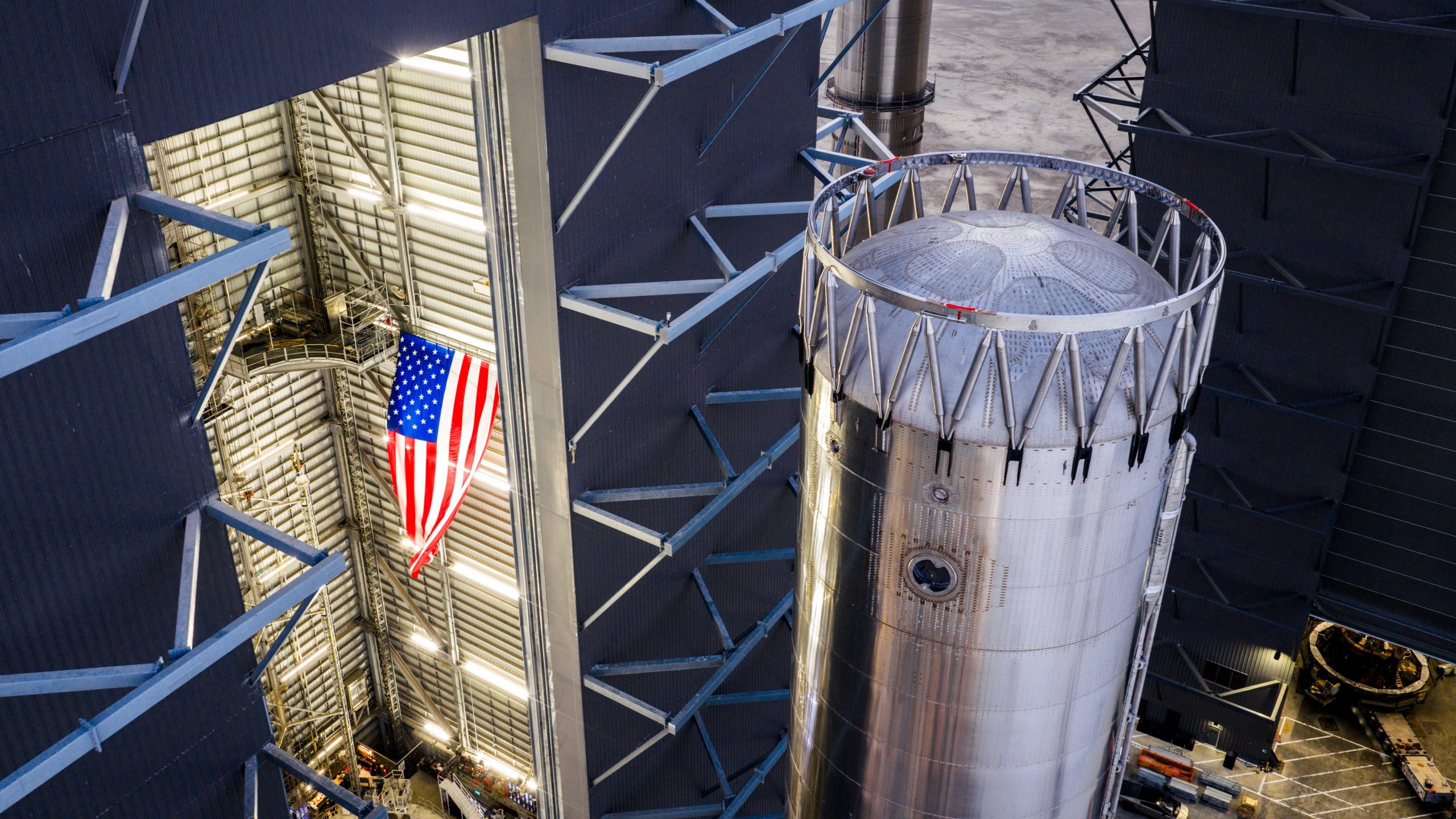
SpaceX is already bouncing back from the fiasco that it experienced during Starship Booster 18’s initial tests earlier this month.
Just over a week since Booster 18 met its untimely end, SpaceX is now busy stacking Booster 19, and at a very rapid pace, too.
Starship V3 Booster 19 is rising
As per Starbase watchers on X, SpaceX rolled out the fourth aft section of Booster 19 to Starbase’s MegaBay this weekend, stacking it to reach 15 rings tall with just a few sections remaining. This marks the fastest booster assembly to date at four sections in five days. This is quite impressive, and it bodes well for SpaceX’s Starship V3 program, which is expected to be a notable step up from the V2 program, which was retired after a flawless Flight 11.
Starship watcher TankWatchers noted the tempo on X, stating, “During the night the A4 section of Booster 19 rolled out to the MegaBay. With 4 sections in just 5 days, this is shaping up to be the fastest booster stack ever.” Fellow Starbase watcher TestFlight echoed the same sentiments. “Booster 19 is now 15 rings tall, with 3 aft sections remaining!” the space enthusiast wrote.
Aggressive targets despite Booster 18 fiasco
SpaceX’s V3 program encountered a speed bump earlier this month when Booster 18, just one day after rolling out into the factory, experienced a major anomaly during gas system pressure testing at SpaceX’s Massey facility in Starbase, Texas. While no propellant was loaded, no engines were installed, and no one was injured in the incident, the unexpected end of Booster 18 sparked speculation that the Starship V3 program could face delays.
Despite the Booster 18 fiasco, however, SpaceX announced that “Starship’s twelfth flight test remains targeted for the first quarter of 2026.” Elon Musk shared a similar timeline on X earlier this year, with the CEO stating that “ V3 is a massive upgrade from the current V2 and should be through production and testing by end of year, with heavy flight activity next year.”
Considering that Booster 19 seems to be moving through its production phases quickly, perhaps SpaceX’s Q1 2026 target for Flight 12 might indeed be more than feasible.









